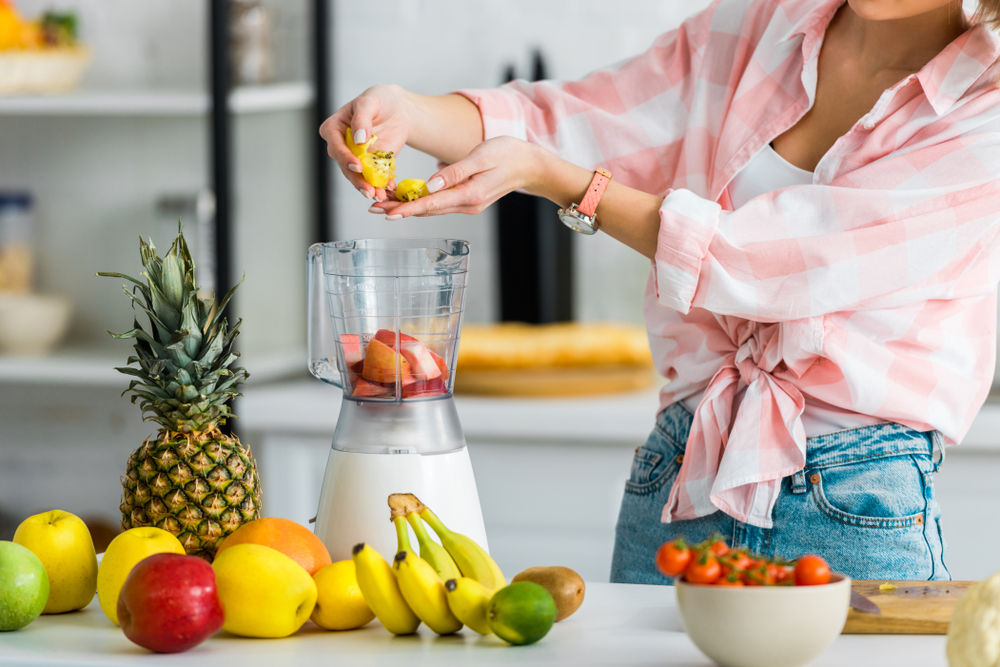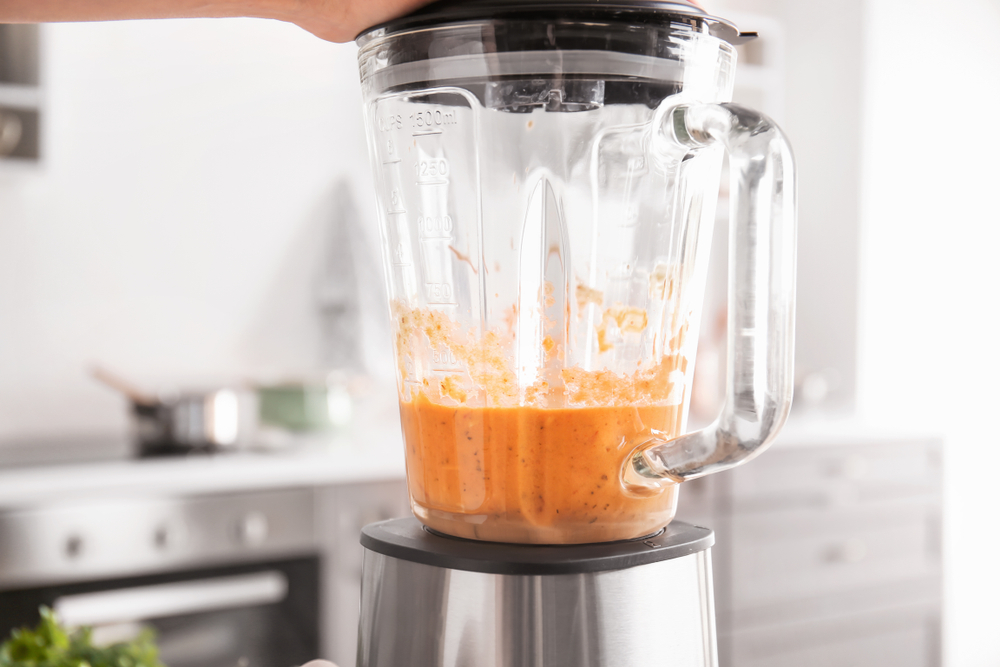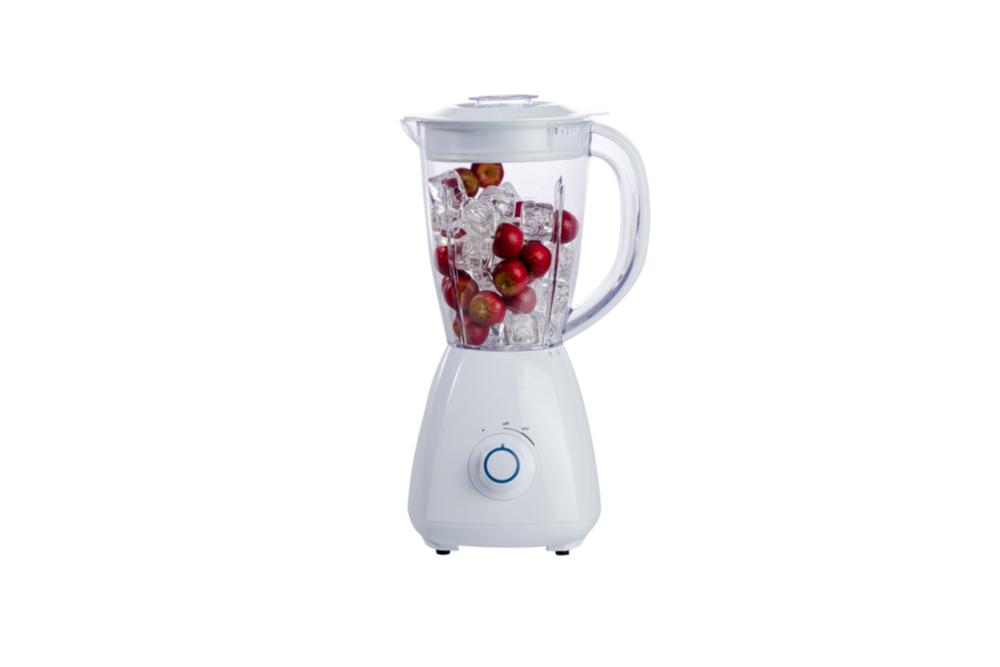In 2019 25 million blenders were sold in the United States. So chances are you have this kitchen appliance sitting on your countertop. But do you know how to use it?
Most blenders come with standardized settings and speeds. Most often, people will throw some stuff in the blender and push any old button. However, those many different settings are intentional and do have a purpose!

Blenders are Extremely Versatile - Many Have Multiple Automatic Settings and Features
Here is a list of all blender settings and what they do. If you're looking to get your own blender in the near future, this can help you come up with your blender preferences so you can select a blender that meets your needs.
Most blenders come equipped with speed settings and shortcuts to create the correct texture for the smoothie or other beverage. You can count on five basic blending settings; stir, puree, mixing, liquefy and ice crush. These are mostly there to achieve a texture for the appropriate food.
Stirring is a setting best used for combining ingredients. So when making milkshakes, combine ice cream and milk and use this setting. At medium speed, the blender combines the ingredients thoroughly, creating the desired texture and beverage you are expecting.
The puree setting is best for baby food and soup. It does precisely what it sounds like, turning a portion of solid food into a puree or liquid state. The speed setting for puree will affect how liquified it becomes. A higher speed will result in a more smooth texture.

Soup Created with the Puree Setting on a Blender
The chop setting breaks down fruits, vegetables, and even meat into smaller pieces. This setting is ideal for making salsa or adding veggies to a dish.
The liquid setting is ideal for mixing drinks or liquefying fruits into a juice.
The name precisely describes what it does! Using this setting allows you to get that crunchy crushed ice. This setting is helpful if you use frozen fruits in your yummy fruit smoothies (or healthy green smoothies) if you need to toss some ice in to cool down a warm beverage.

Many Blenders are Quite Adept at Crushing Ice
Depending on who you ask, pulse is either a setting or a speed. Technically, it is both. It can help control the texture and gives a high-powered jolt when needed. Pulse is the most used function of a blender as it applies to most foods and beverage recipes you will use.
On most models, the settings are on the blender base. They control the speed and movement of the blades to get the desired effect. For ease of use, most have tactile buttons or rocker switches.
Choosing the best setting is dependent on what you’re making - for example: making a milkshake vs. a margarita. The stir setting is the best bet for a milkshake. You don’t want to over-liquify the milkshake - just mix the two components into a thick concoction.
Blender Settings on the Oster Pro Blender
If you’re making a margarita, it may be best to use the puree setting. The puree setting turns the fruit into a thin, almost liquid, substance and avoids making the beverage unpleasantly chunky.
Most blenders have speed settings - low, medium, and high. How do you select the speed? Put simply, the spinning blades create a vortex. This vortex allows the food to combine, stir and essentially change form.
Low-speed settings do this slowly and gently, but may not be thorough enough for the job. However, higher speeds can pulverize the food beyond the desired texture.
Therefore, selecting your speed is as important as the settings. High speeds are suited to pureeing, like making thicker soups. The blade speed draws the solids into the vortex, so they are repeatedly cut over a short period of time.
If you’re chopping foods, using a slow speed is much better as you aren’t trying to emulsify the food.
